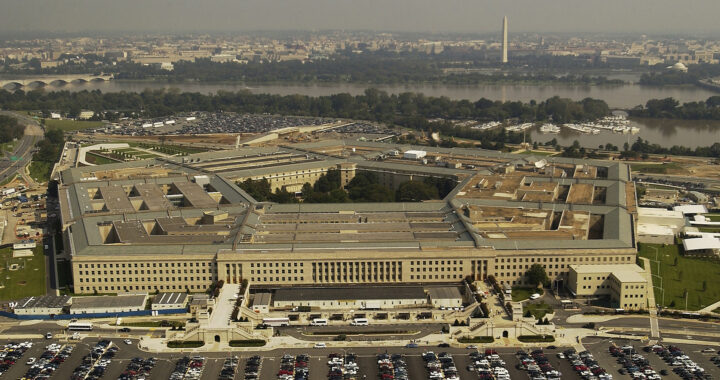Donald Trump has announced his intention to restore the historical name “Department of War” to the current United States Department of Defense. Through an executive order, Trump has directed the Pentagon to use the term as a secondary title, while leaving permanent renaming subject to Congressional approval.
Trump Pushes to Revive “Department of War” in Major Department of Defense Rebranding
Historical Background
Note that the Department of War existed from 1789 to 1947. It was separate from the Department of the Navy. President Harry Truman reorganized military departments after the Second World War and created the National Military Establishment. This was then renamed to the Department of Defense in 1949 to emphasize the prevention of conflicts rather than their escalation.
Trump argued that the return to the former name is meant to project strength, directness, and clarity of mission. He insisted that using the term “defense” for a government agency that oversees the armed forces appeared too passive, while “war” reflected the historic record of decisive victories of the United States under the earlier title across multiple global conflicts.
Defense Secretary Pete Hegseth has been tasked with preparing legislative and executive options to institutionalize the change. Moreover, while the U.S. Congress holds the final authority, Trump authorized the immediate symbolic use of “Department of War” and “Secretary of War” in official contexts while waiting for possible permanent enactment at a later stage.
The proposed rebranding is not an isolated initiative. It follows other controversial changes within the Pentagon under Hegseth. These include the removal of diversity and inclusion programs, the elimination of thousands of websites honoring women and minority contributions, and the exclusion of transgender troops from military service by executive order.
Reasons For Rebranding
The renaming can be viewed as primarily symbolic. Observers can argue that it has little practical impact on military readiness or strategy. However, according to supporters, the move is consistent with a broader cultural reset under the second Trump administration and is aimed at emphasizing strength and abandoning what they consider politically correct reforms.
• Historical Resonance
Trump highlights that the United States achieved decisive victories when the Pentagon was called the Department of War. He regards the former name as a proud symbol of national military power and historical effectiveness, particularly during the nineteenth century and the first half of the twentieth century.
• Refusal of Defensive Framing
He also believes that the word “defense” illustrates weakness and hesitation. Trump thinks that the word “war” reflects directness, strength, and readiness for combat. The change is meant to demonstrate that American military forces are prepared not only to defend but also to strike when necessary.
• Political Messaging
The renaming aligns with the broader political messaging of toughness and nationalism of the Trump administration. It resonates with supporters who consider military assertiveness a defining characteristic of national identity. The move is intended to reinforce the image of Trump as a decisive leader.
• Cultural Shift in the Pentagon
Both the Trump administration and the particular leadership of Hegseth marked cultural changes in the Pentagon designed to promote a warrior ethos. The name change fits within this agenda by removing what is deemed as politically driven programs and reinforcing the idea that the military exists for combat.
• Symbolic Branding
While Congress must authorize permanent renaming, Trump emphasizes the symbolic importance of language. By authorizing the use of “Department of War” as a secondary title, he seeks to reshape public perception, promote cultural influence, and redefine the identity of the U.S. military.
